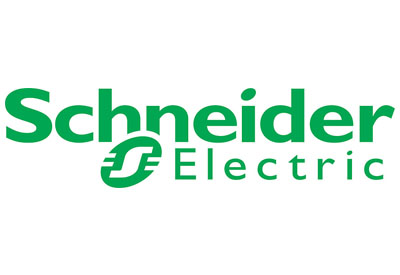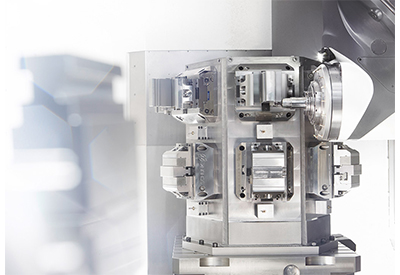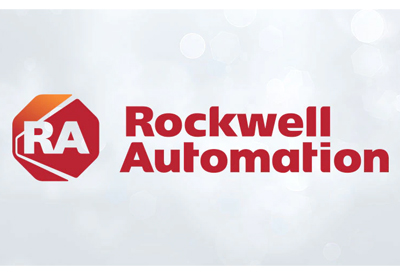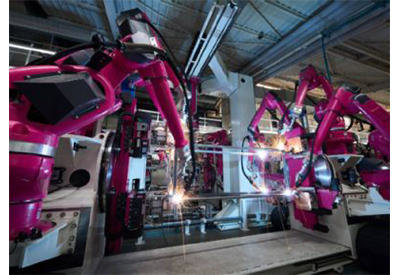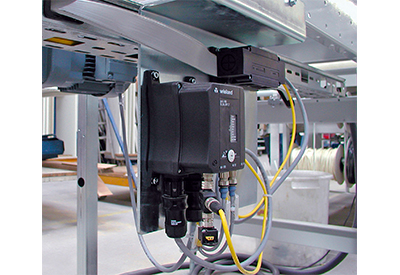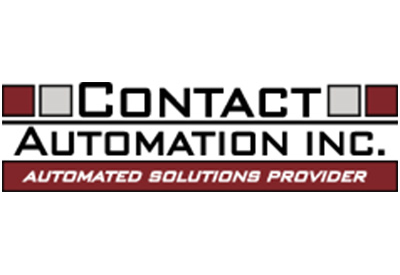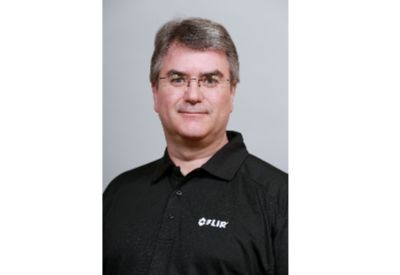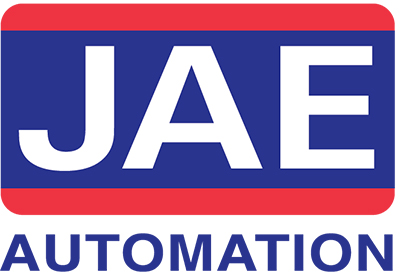Why Your Digital Initiatives Need a Strong Partner Ecosystem
Sometimes, when we’re presented with disruptive change – like we are today with the industrial IoT – we can learn a lot by looking to the past. For decades, industrial producers have built their production systems by turning to a mix of vendors – distributors, machine builders, system integrators and many others.


